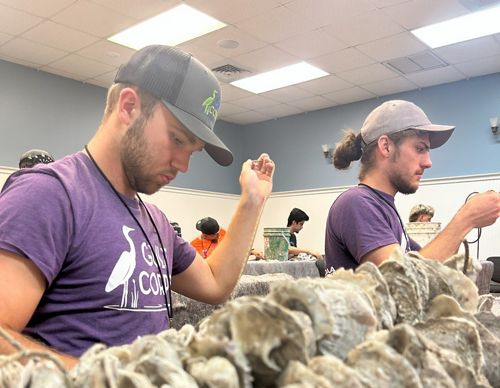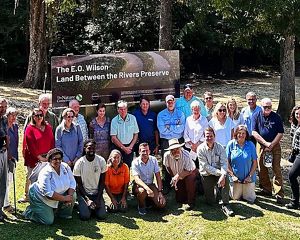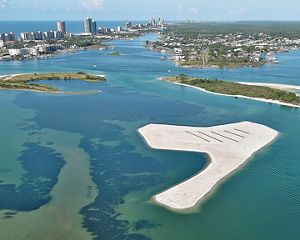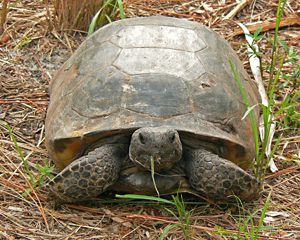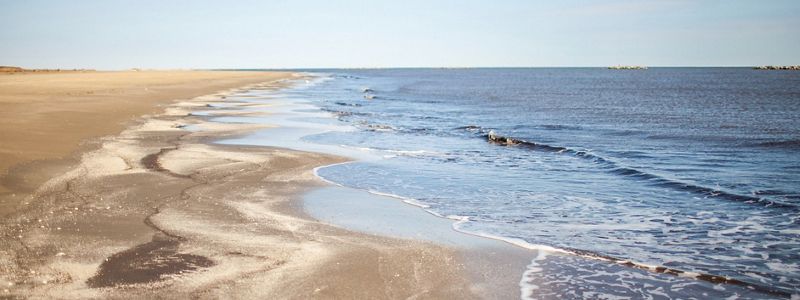Alabama
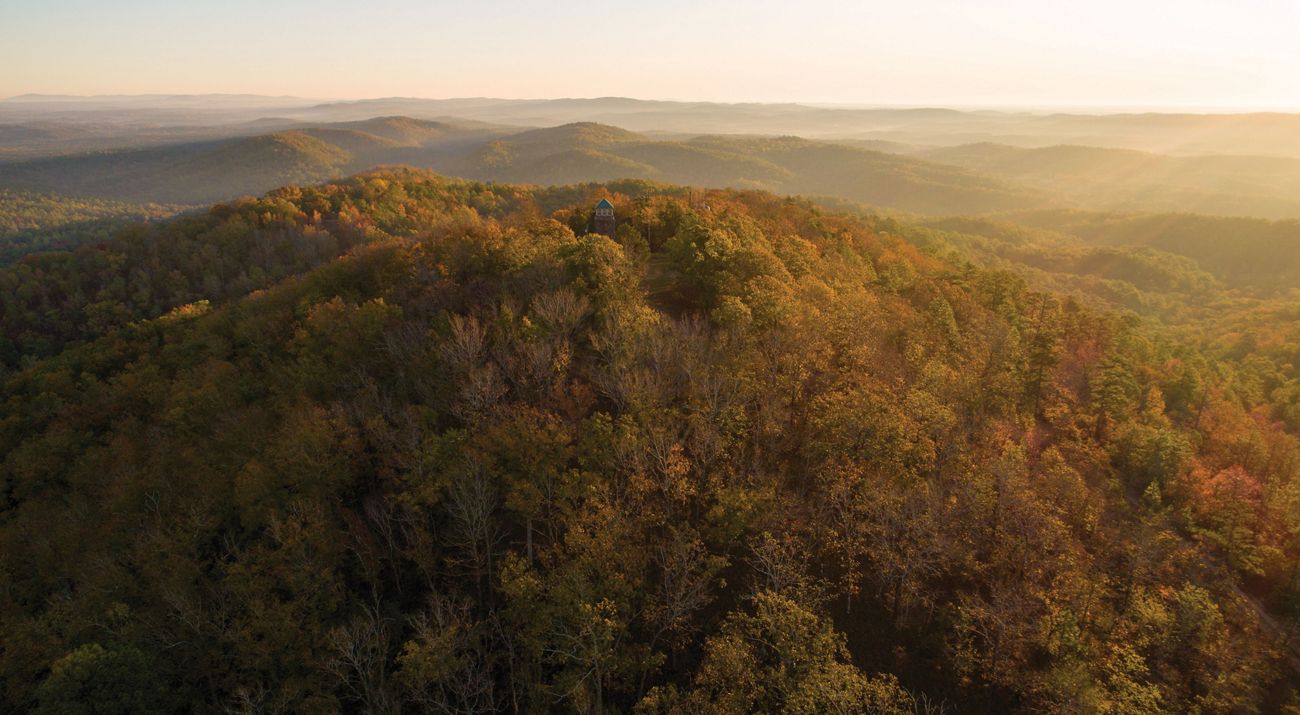
We Love Alabama
From rare and endangered plants and animals to prairies, forests and the Gulf coast, The Nature Conservancy is working to protect Alabama for people and nature. Help us ensure a future in which people and nature can thrive.
Alabama's Unique Nature
-
4th
4th most biologically diverse state in the country.
-
20
20 fish species found nowhere else in the world.
-
53
53 miles of coastline.
-
132,000
132,000 miles of rivers and streams.
Places We Protect
From the Gulf Coast to our 18 river systems, The Nature Conservancy is working to protect Alabama for people and nature.
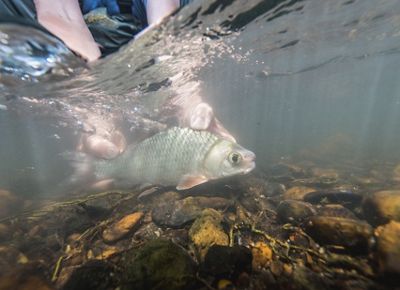
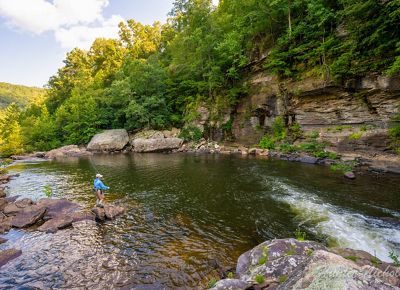
Healthy Waters
Our waters are the most ecologically diverse in the U.S.. However, they also lead the nation in aquatic extinctions. Together we can protect and maintain our rivers, lakes and streams to ensure they are clean and abundant for all Alabamians.
Resilient Lands
Our lands provide a respite and sustenance for people and wildlife. However, climate change, demand for food and energy, development and other pressures are straining nature’s ability to remain in balance and to support communities.

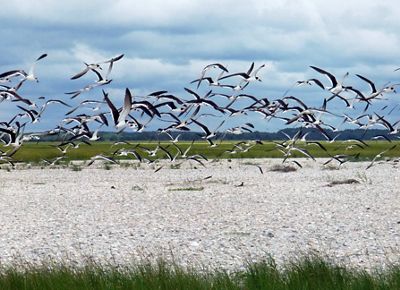
Thriving Coast
Our coastal ecosystems are among Alabama’s most precious resources—and also among its most endangered. The impacts of offshore oil production, frequent and more severe storms, climate change and pollution from cities and farms are compounding.
Year of Results
We are excited to report on conservation wins achieved in Alabama during 2024. Thank you for the support!
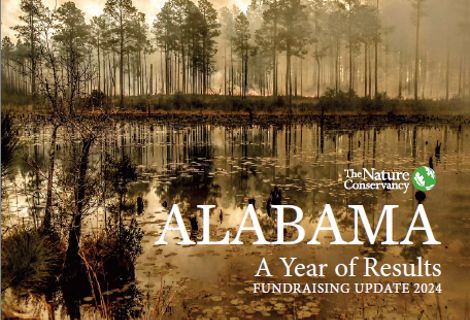
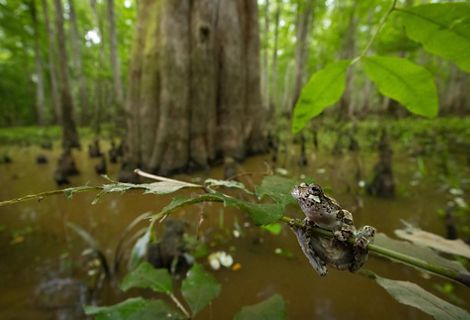
Nature News
This quarterly insert, which arrives with Nature Conservancy magazine, reports on recent conservation wins in Alabama.
Policy Initiatives in Alabama
Did you know The Nature Conservancy partners with lawmakers, landowners, and the community to conserve the natural places you love and deepen the connection between communities and the environment?
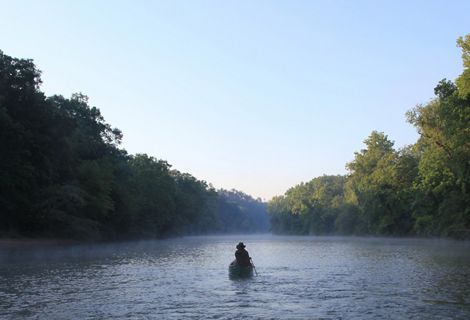
-

Case For Support
Alabama is the center of the world’s biological diversity of freshwater invertebrates and the continental center of diversity for many other plants and animals. There are hundreds of species in Alabama that are found nowhere else on Earth. Help us with the critical work of conserving Alabama.
Download
